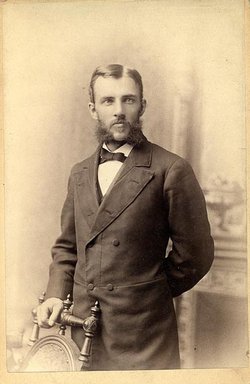writing as Angela Raines
 |
| Photo property of the author |
Both Aiken and Maxwell were taxidermists. Aiken focused on birds and Maxwell wild animals. They both collected their own specimens and both were in Colorado. Aiken in Colorado Springs and Maxwell in Boulder.
Charles Edward Howard Aiken was born on September 7, 1850, in Vermont. The family later moved to Illinois. It was there at the age of eighteen, Aiken began his study of birds. After the family business was destroyed in the Chicago Fire of 1871, they moved to Colorado Springs. Charles continued his study of birds and used the standard method of study by killing them. Aiken went the further step and stuffed and mounted them. He had a music store and museum on Pikes Peak Avenue in Colorado Springs. His collection from his years in Colorado Springs was donated to Colorado College. The Aiken Audubon Society is named for him. For more information: https://libraryweb.coloradocollege.edu/library/specialcollections/Manuscript/Aiken.htmlYou can also access his book "Birds of El Paso County, Colorado" here: https://archive.org/details/birdselpasocoun00unkngoog/page/n64/mode/2up
Charles Aiken died in January of 1936.
 |
| Charles Edward Howard Aiken |
Martha Maxwell died on May 30, 1881, in Massachusetts. For more on Martha:https://americacomesalive.com/2014/04/05/martha-ann-maxwell-1831-1881-naturalist-taxidermist/
 |
| Marth Dartt Maxwell |
Although the animals in "Angel of Salvation Valley" were living, they also played an important part in the story. Below is an excerpt:
She was even younger than Luke and the others made her seem. He'd
expected someone harsh, old and lined, not someone like this. Drew
wanted to explore that thought, but her care took priority. He needed
to see to her wounds; then, if the pain or voices in his head would
let him, he would try to figure out what was going on.
Suddenly he remembered Ham and Luke talking. "She's a
she-devil," Ham had said. "Walkin' like she was offering
what you wanted, but then cuttin' you off like you wasn't nothin' she
would touch."
"Women like that don't have a reason to be in this world. Women
are evil, they can wind a man around their fingers and then squeeze
the life out of them," Luke had added.
Looking down at the pale, perspiration–covered face, watching the
struggle she was going through to breathe, he wondered whether what
they said was true. The dark brown, almost black hair plastered to
her face, a face so sweet looking.
"They are evil," Luke's voice sounded in his head. Drew
recognized the voice this time.
"Shut up, Luke," Drew muttered, "get out of my head."
Drew staggered under the force of the pain that suddenly lashed him.
At his words, both the dog and cat moved close, as if to comfort and
support him. "Thanks," Drew said, as he placed a hand on
each. A sense of peace and support flooded through him, and the pain
disappeared.
Drew returned his attention to the task at hand, working to remove
the lodged bullet. Once completed, he bandaged her shoulder, then
cleaned and did the same for the wound on her left calf. When
finished, he pulled a chair over and sat back to wait. He knew Luke
would wonder why he didn't immediately return to camp, but he felt
compelled to make sure the woman was okay. He couldn't explain it,
but he wouldn't leave until he had the chance to talk with, and learn
more about, this woman. She didn't seem to fit the picture the others
had painted; still, Luke had done so much to help him.
Round and round the thoughts continued. Drew grew dizzy and his head
began to throb again, but a dull ache, not the searing pain he'd felt
earlier. Perhaps he was still feeling the effects of the poisoning,
his body not yet regaining its full strength. The dog came over to
lie between them. The woman's hand moved to the dog's head and,
without thinking, Drew placed his hand over hers. Soon he fell into a
calm sleep, without dreams or worries.
 |
| Amazon |
Doris Gardner-McCraw -
Author, Speaker, Historian-specializing in
Colorado and Women's History
Colorado and Women's History
Angela Raines - author: Where Love & History Meet
Books: Angela Raines Books
Angela Raines FaceBook: Click Here

2 comments:
Interesting people, Doris. And great excerpt! Thank you for sharing.
You are welcome, Julie. I enjoy spotlighting Colorado's unsung heroes in forgotten realms. (Smile) Doris
Post a Comment